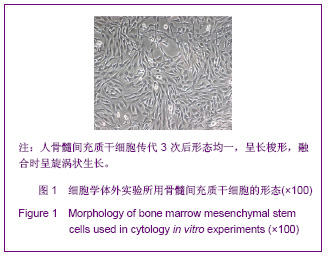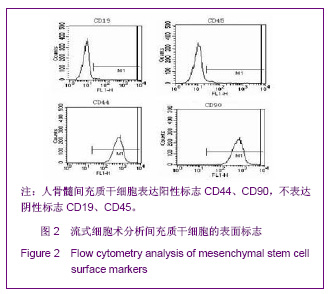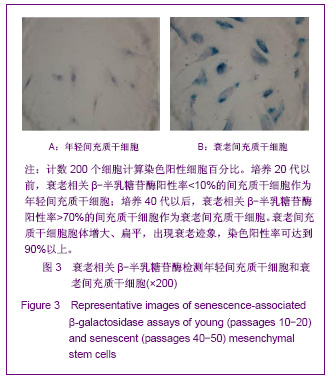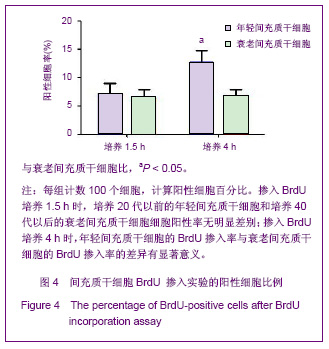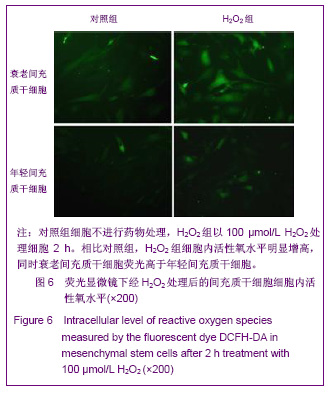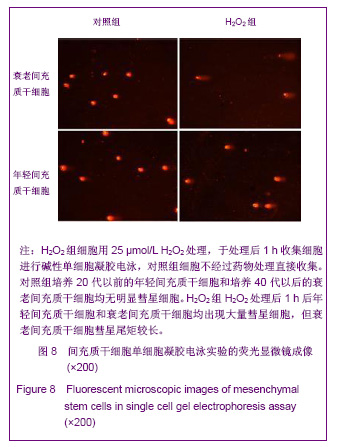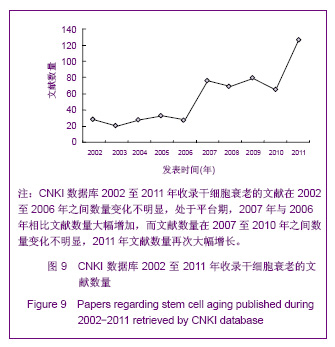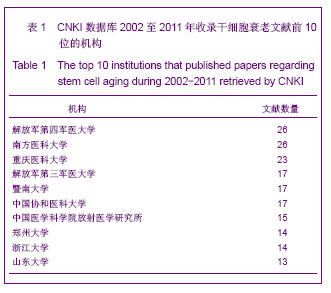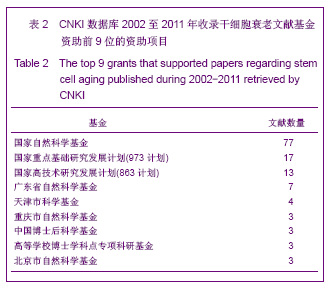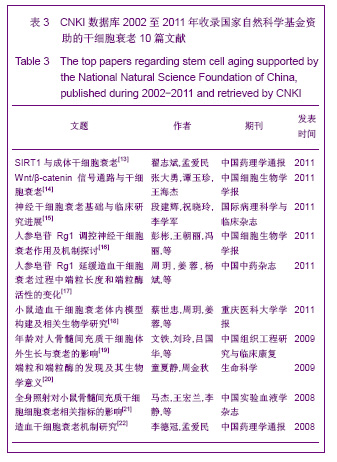| [1] Pittenger MF, Mackay AM, Beck SC, et al. Multilineage potential of adult human mesenchymal stem cells. Science. 1999;284(5411):143-147.[2] Musina R, Bekchanova E, Sukhikh G. Comparison of mesenchymal stem cells obtained from different human tissues. Bull Exp Biol Med. 2005;139(4):504-509.[3] Paniushin O, Domaratskaia E, Starostin V. Mesenchymal stem cells: sources, phenotype, and differentiation potential. Izv Akad Nauk Ser Biol. 2006;(1):6-25.[4] Granero‐Moltó F, Weis JA, Miga MI, et al. Regenerative effects of transplanted mesenchymal stem cells in fracture healing. Stem Cells. 2009;27(8):1887-1898.[5] Shen W, Chen X, Chen J, et al. The effect of incorporation of exogenous stromal cell-derived factor-1 alpha within a knitted silk-collagen sponge scaffold on tendon regeneration. Biomaterials. 2010;31(28):7239-7249.[6] Imanishi Y, Saito A, Komoda H, et al. Allogenic mesenchymal stem cell transplantation has a therapeutic effect in acute myocardial infarction in rats. J Mol Cell Cardiol. 2008;44(4): 662-671.[7] Chang SCN, Chuang H, Chen YR, et al. Cranial repair using BMP-2 gene engineered bone marrow stromal cells. J Surg Res. 2004;119(1):85-91.[8] Bruder SP, Jaiswal N, Haynesworth SE. Growth kinetics, self-renewal, and the osteogenic potential of purified human mesenchymal stem cells during extensive subcultivation and following cryopreservation. J Cell Biochem. 1997;64(2):278-294.[9] Ksiazek K. A comprehensive review on mesenchymal stem cell growth and senescence. Rejuvenation Res. 2009;12(2): 105-116. [10] Stolzing A, Jones E, McGonagle D, et al. Age-related changes in human bone marrow-derived mesenchymal stem cells: consequences for cell therapie. Mech Ageing Dev. 2008; 129(3):163-173.[11] Buttiglieri S, Ruella M, Risso A, et al. The aging effect of chemotherapy on cultured human mesenchymal stem cells. Exp Hematol. 2011;39(12):1171-1181.[12] Olive PL, Banáth JP. The comet assay: a method to measure DNA damage in individual cells. Nat Protoc. 2006;1(1):23-29.[13] Zhai ZB, Meng AM. Zhongguo Yaolixue Tongbao. 2011;27(1): 140-142. 翟志斌,孟爱民.SIRT1与成体干细胞衰老[J].中国药理学通报, 2011,27(1):140-142.[14] Zhang DY, Tan YZ, Wang HJ. Zhongguo Xibao Shengwuxue Xuebao. 2011;33(1):72-77. 张大勇,谭玉珍,王海杰.Wnt/β-catenin信号通路与干细胞衰老[J].中国细胞生物学学报,2011,33(1):72-77.[15] Duan JH, Zhu XL, Li XJ. Guoji Binli Kexue yu Linchuang Zazhi. 2011;31(4):291-295. 段建辉,祝晓玲,李学军.神经干细胞衰老基础与临床研究进展[J].国际病理科学与临床杂志,2011,31(4):291-295.[16] Peng B, Wang CL, Feng L, et al. Zhongguo Xibao Shengwuxue Xuebao. 2011;33(10):1116-1122. 彭彬,王朝丽,冯丽,等.人参皂苷Rg1调控神经干细胞衰老作用及机制探讨[J].中国细胞生物学学报,2011,33(10):1116-1122.[17] Zhou Y, Jiang R, Yang B, et al. Zhongguo Zhongyao Zazhi. 2011;36(22):3172-3175. 周玥,姜蓉,杨斌,等.人参皂苷Rg1延缓造血干细胞衰老过程中端粒长度和端粒酶活性的变化[J].中国中药杂志,2011,36(22): 3172-3175.[18] Cai SZ, Zhou Y, Jiang R, et al. Chongqing Yike Daxue Xuebao. 2011;36(4):385-388. 蔡世忠,周玥,姜蓉,等.小鼠造血干细胞衰老体内模型构建及相关生物学研究[J].重庆医科大学学报,2011,36(4):385-388.[19] Wen T, Liu L, Lv GH, et al. Zhongguo Zuzhi Gongcheng Yanjiu yu Linchuang Kangfu. 2009;13(32):6243-6248. 文铁,刘玲,吕国华,等.年龄对人骨髓间充质干细胞体外生长与衰老的影响[J].中国组织工程研究与临床康复,2009,13(32): 6243-6248.[20] Tong XJ, Zhou JQ. Shengmin Kexue. 2009;21(6):760-769. 童夏静,周金秋.端粒和端粒酶的发现及其生物学意义[J].生命科学,2009,21(6):760-769.[21] Ma J, Wang HL, Li J, et al. Zhongguo Shiyan Xueyexue Zazhi. 2008;16(6):1387-1391. 马杰,王宏兰,李静,等.全身照射对小鼠骨髓间充质干细胞细胞衰老相关指标的影响[J].中国实验血液学杂志,2008,16(6):1387- 1391.[22] Li GD, Meng AM. Zhongguo Yaolixue Tongbao. 2008;24(6): 701-704. 李德冠,孟爱民.造血干细胞衰老机制研究[J].中国药理学通报, 2008,24(6):701-704.[23] Minguell JJ, Erices A, Conget P. Mesenchymal stem cells. Exp Biol Med (Maywood). 2001;226(6):507-520.[24] Orlic D, Kajstura J, Chimenti S, et al. Bone marrow cells regenerate infarcted myocardium. Nature. 2001;410(6829): 701-705.[25] Woodbury D, Schwarz EJ, Prockop DJ, et al. Adult rat and human bone marrow stromal cells differentiate into neurons. J Neurosci Res. 2000;61(4):364-370.[26] Makino S, Fukuda K, Miyoshi S, et al. Cardiomyocytes can be generated from marrow stromal cells in vitro. J Clin Invest. 1999;103:697-705.[27] Wagner W, Wein F, Seckinger A, et al. Comparative characteristics of mesenchymal stem cells from human bone marrow, adipose tissue, and umbilical cord blood. Exp Hematol. 2005;33(11):1402-1416.[28] Ball LM, Bernardo ME, Roelofs H, et al. Cotransplantation of ex vivo–expanded mesenchymal stem cells accelerates lymphocyte recovery and may reduce the risk of graft failure in haploidentical hematopoietic stem-cell transplantation. Blood. 2007;110(7):2764-2767.[29] Le Blanc K, Frassoni F, Ball L, et al. Mesenchymal stem cells for treatment of steroid-resistant, severe, acute graft-versus- host disease: a phase II study. Lancet. 2008;371(9624): 1579-1586.[30] Galderisi U, Helmbold H, Squillaro T, et al. In vitro senescence of rat mesenchymal stem cells is accompanied by downregulation of stemness-related and DNA damage repair genes. Stem Cells Dev. 2009;18(7):1033-1042.[31] Meza‐Zepeda LA, Noer A, Dahl JA, et al. High‐resolution analysis of genetic stability of human adipose tissue stem cells cultured to senescence. J Cell Mol Med. 2008;12(2): 553-563.[32] Zhou S, Greenberger JS, Epperly MW, et al. Age-related intrinsic changes in human bone‐marrow-derived mesenchymal stem cells and their differentiation to osteoblasts. Aging Cell. 2008;7(3):335-343.[33] Røsland GV, Svendsen A, Torsvik A, et al. Long-term cultures of bone marrow-derived human mesenchymal stem cells frequently undergo spontaneous malignant transformation. Cancer Res. 2009;69(13):5331-5339.[34] Campisi J, Di Fagagna FDA. Cellular senescence: when bad things happen to good cells. Nat Rev Mol Cell Biol. 2007;8(9): 729-740.[35] Kim J, Kang JW, Park JH, et al. Biological characterization of long-term cultured human mesenchymal stem cells. Arch Pharm Res. 2009;32(1):117-126.[36] Heo JY, Jing K, Song KS, et al. Downregulation of APE1/Ref-1 Is Involved in the Senescence of Mesenchymal Stem Cells. Stem Cells. 2009;27(6):1455-1462.[37] Shibata KR, Aoyama T, Shima Y, et al. Expression of the p16INK4A gene is associated closely with senescence of human mesenchymal stem cells and is potentially silenced by DNA methylation during in vitro expansion. Stem Cells. 2007; 25(9):2371-2382.[38] Ryu E, Hong S, Kang J, et al. Identification of senescence-associated genes in human bone marrow mesenchymal stem cells. Biochem Biophys Res Commun. 2008;371(3):431-436.[39] Wagner W, Horn P, Castoldi M, et al. Replicative senescence of mesenchymal stem cells: a continuous and organized process. PLoS One. 2008;3(5):e2213.[40] Valle-Prieto A, Conget PA. Human mesenchymal stem cells efficiently manage oxidative stress. Stem Cells Dev. 2010; 19(12):1885-1893. |
